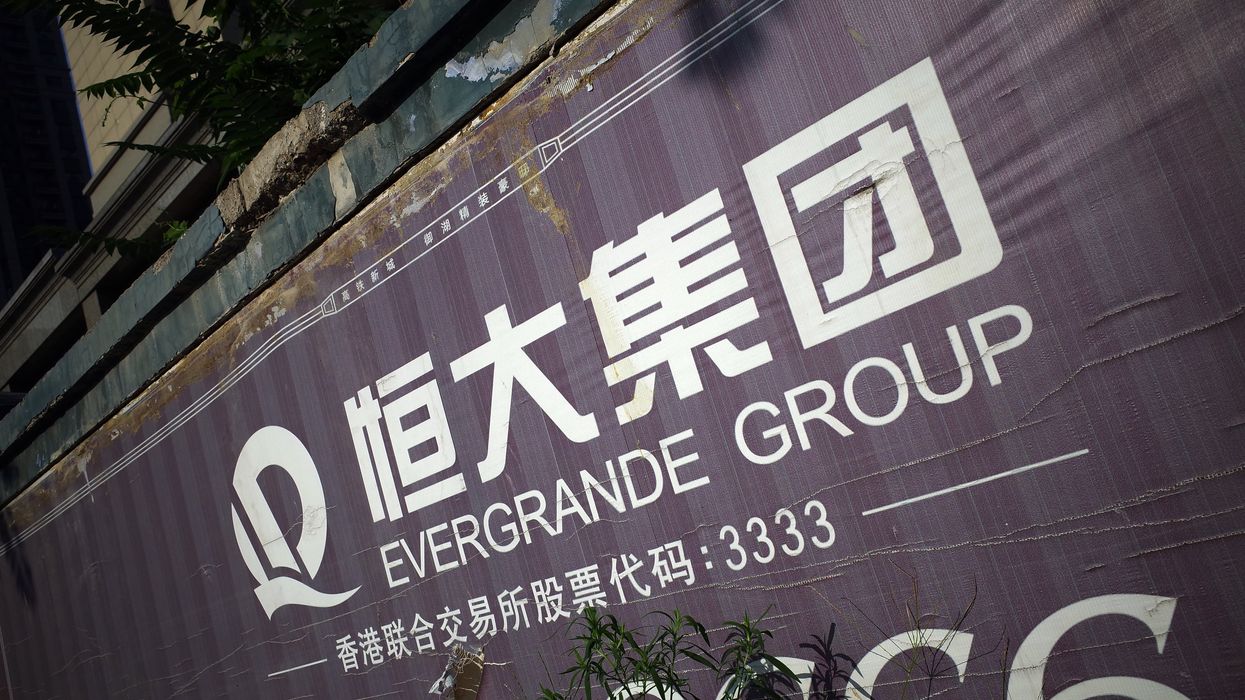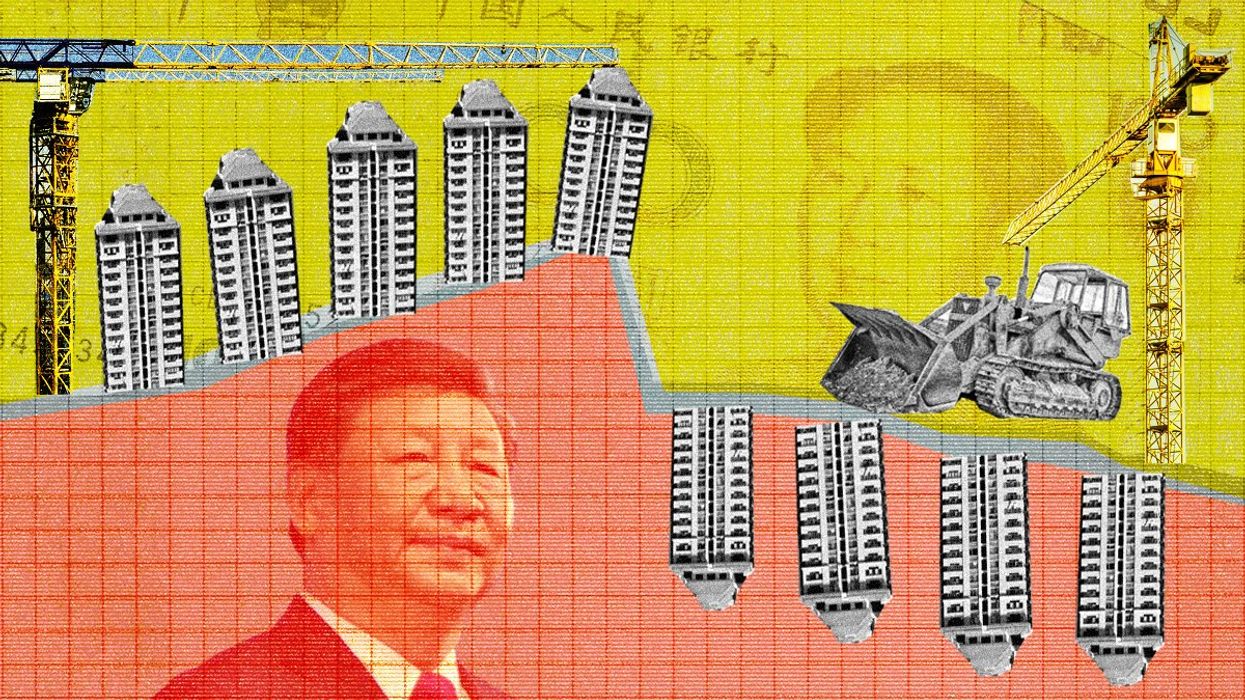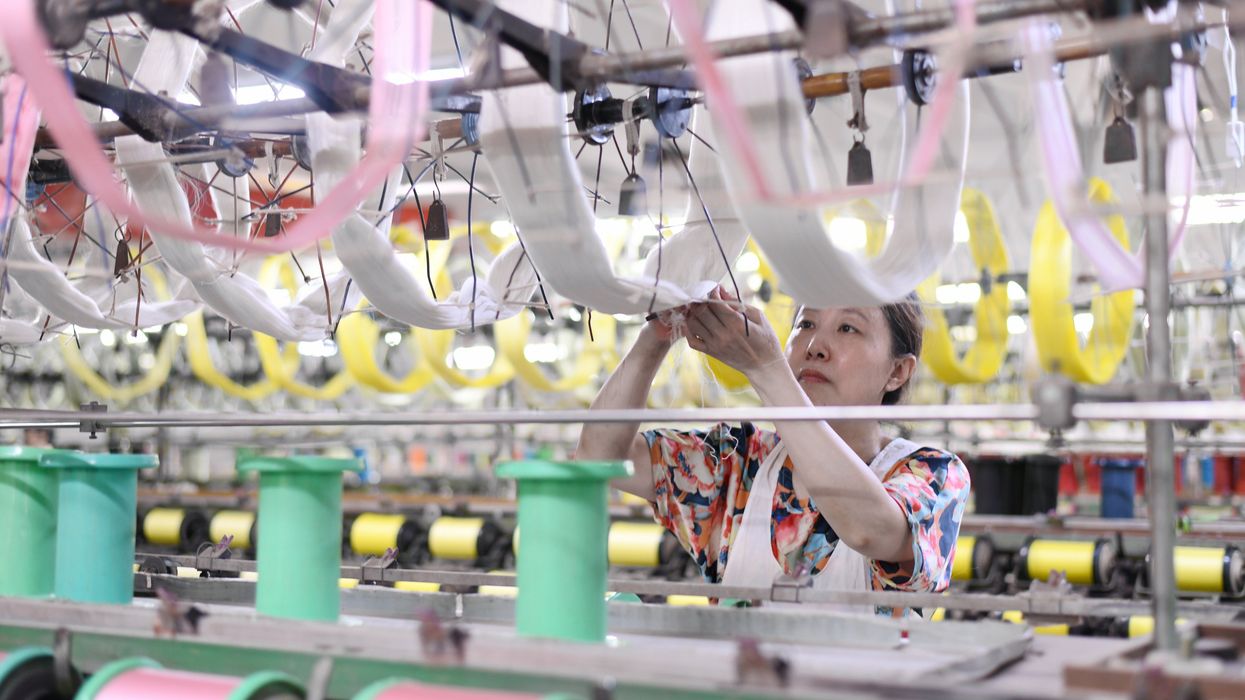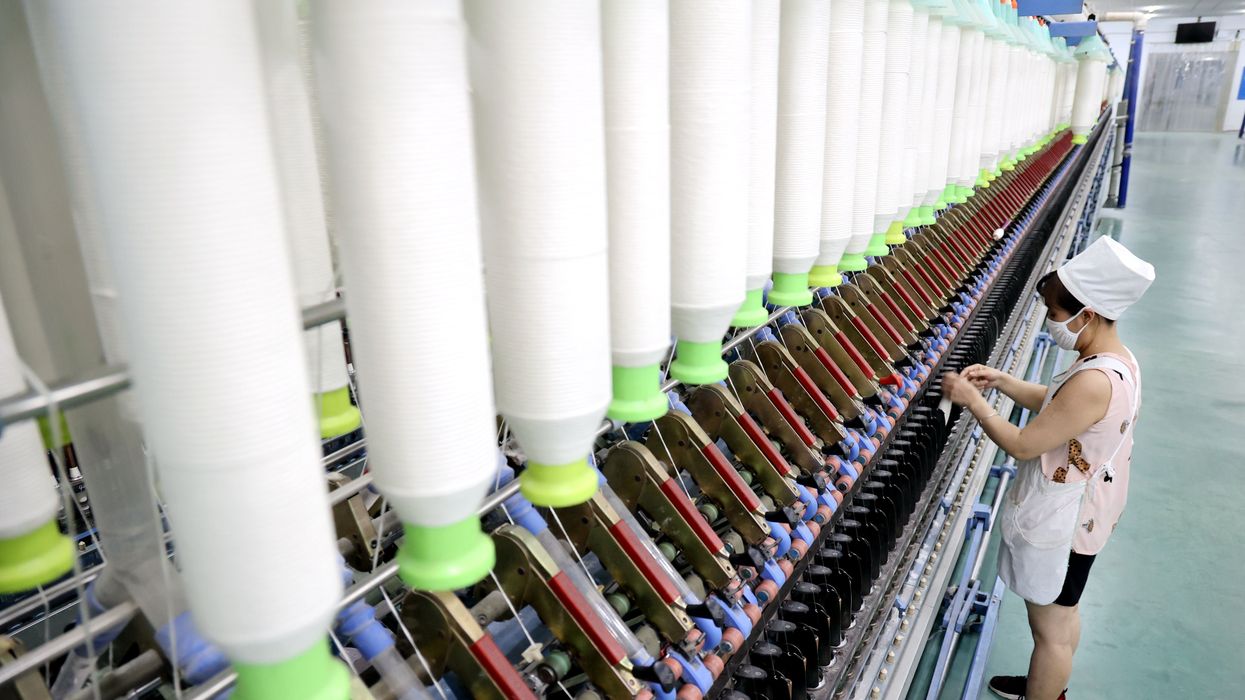What We're Watching
From developers to defense leaders, China’s disappearing elite
Why do Chinese officials keep vanishing? On Saturday, several executives of the beleaguered property developer Evergrande Group were arrested in the southern city of Shenzhen, where the conglomerate is headquartered.
Sep 17, 2023




